Plaintiff Keith Johnson seeks a class-action suit against Musk, SpaceX and Tesla.


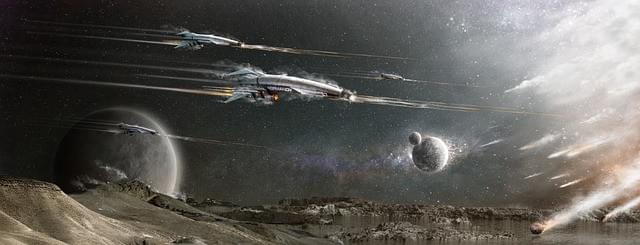
Space is not a hospitable place. Radiation, zero gravity, and the vast distances between stops make interstellar travel look like a pipe dream right now, but they can be made more manageable with gene therapy. Along with obvious choices like follistatin to fight the loss of muscle mass, anti-aging gene therapies for telomerase induction, and Klotho expression can promote overall health. Keeping the crew healthy is essential when the nearest hospital could be billions of miles away.
In a statement to Astronomy Magazine, Dr João Pedro de Magalhães said “this roadmap sets the stage for enhancing human biology beyond our natural limits in ways that will confer not only longevity and disease resistance but will be essential for future space exploration.” There’s a big overlap between the genes needed to keep people healthy on earth and the genes needed to keep them safe in space.
There are a vast array of genes that will likely prove helpful to making long space voyages safe and comfortable. A vector, like BioViva’s CMV, will be needed to deliver the substantial genetic payloads astronauts will want to take with them into space.
Understanding the mind and how thinking occurs has been a challenge for philosophers, scientists, theorists, educators, and artists throughout history. Until recently, ideas about how we learn have been mainly theoretical and intuitive. However, with ongoing advances in neuroscience, considerable progress is occurring. As a result, a paradigm shift is taking hold in human cognition, pointing to a new science-based understanding about the way we think and, ultimately, the way we learn.
This paradigm shift — a move away from traditional notions of the mind to an “embodied cognition” model of human thinking and learning — is the subject of a new book “Movement Matters: How Embodied Cognition Informs Teaching and Learning”. The book is summarised as follows:
“Experts translate the latest findings on embodied cognition from neuroscience, psychology, and cognitive science to inform teaching and learning pedagogy.”
This London Futurists webinar featured the co-editors of this book, Sheila Macrine, Professor of STEM Education & Teacher Development at the University of Massachusetts, Dartmouth, and Jennifer Fugate, Associate Professor in the Department of Health Service Psychology, at Kansas City University.
In the webinar, professors Macrine and Fugate highlighted key implications of this improved understanding for the future of teaching and learning, and answered audience questions.
The webinar was recorded on Saturday 18th June 2022. It was introduced and moderated by David Wood, Chair of London Futurists.

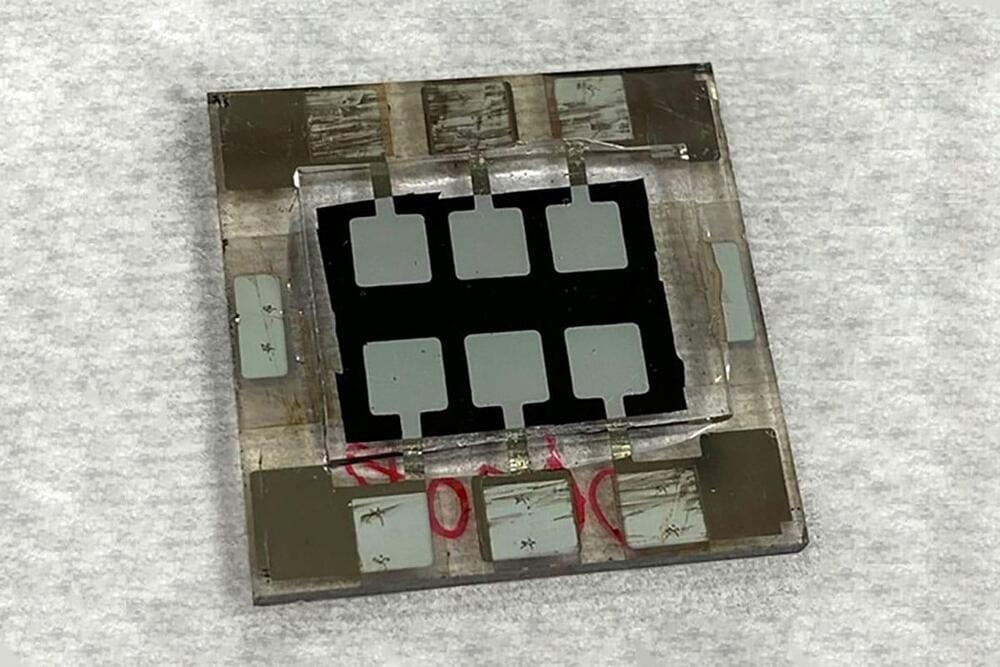
Now, researchers at the U.S. Department of Energy’s National Renewable Energy Laboratory (NREL) have demonstrated a tin-lead perovskite cell that overcomes problems with stability and improves efficiency.
To improve cell stability, NREL researchers used a hole-transporting material made of phenethylammonium iodide and guanidinium thiocyanate. Researchers noted that the formation of quasi-two-dimensional (quasi-2D) structures from additives based on mixed bulky organic cations phenethylammonium and guanidinium provides critical defect control to substantially improve the structural and optoelectronic properties of lead-perovskite thin films with a narrow-bandgap of 1.25 eV.
The new tandem solar cell design with two layers of perovskites measured a 25.5% efficiency. It retained 80% of its maximum efficiency after 1,500 hours of continuous operation or more than 62 days.
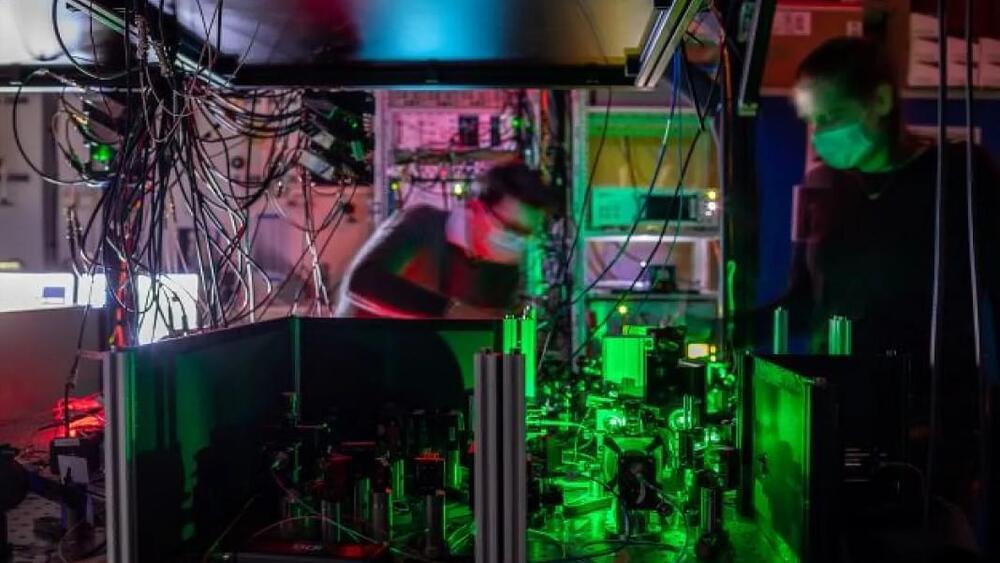
Actually transporting quantum states over significant distances is tricky, though. Researchers have had some success transmitting messages tied up in the quantum states of photons over several hundred miles of optical cables, and also using satellite quantum communication to establish links over even greater distances. But the inevitable signal losses over either mode of communication mean that scaling up to the distances required for a true internet will be tricky.
One workaround is to exploit another quantum phenomenon called teleportation. This works much like the sci-fi concept used in shows like Star Trek, allowing information to be instantaneously transmitted from one place to another, theoretically over unlimited distances. And now, researchers from the Netherlands have provided the first practical demonstration of how this could work.
The team set up three quantum “nodes” called Alice, Bob, and Charlie, which are able to store quantum information in qubits—the quantum equivalent of bits in a computer made from nitrogen vacancy centers. These are tiny defects in diamonds that can be used to trap electrons and alter their quantum state. They then connected Alice to Bob and Bob to Charlie using optical fibers.
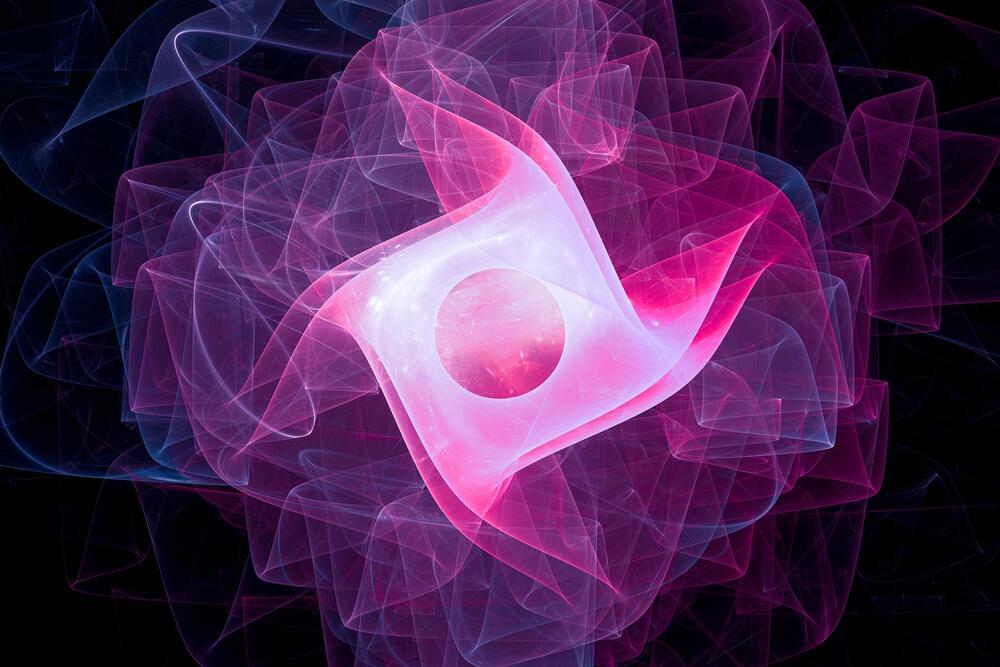

The use of fire was a key factor in the evolution of Homo sapiens, not only for the creation of more sophisticated tools but also for making food safer, which in turn aided brain development.
To date, only five sites with fire evidence dating back 500,000 years have been found worldwide, including Wonderwerk Caves and Swartkrans in South Africa, Chesowanja in Kenya, Gesher Benot Ya’aqov in Israel, and Cueva Negra in Spain.
Now, a n Israeli research team has used artificial intelligence algorithms to discover a sixth site that shows traces of human fire! The study revealed evidence of human use of fire at a late Paleolithic site in Israel. The research results have been published in the journal PNAS.
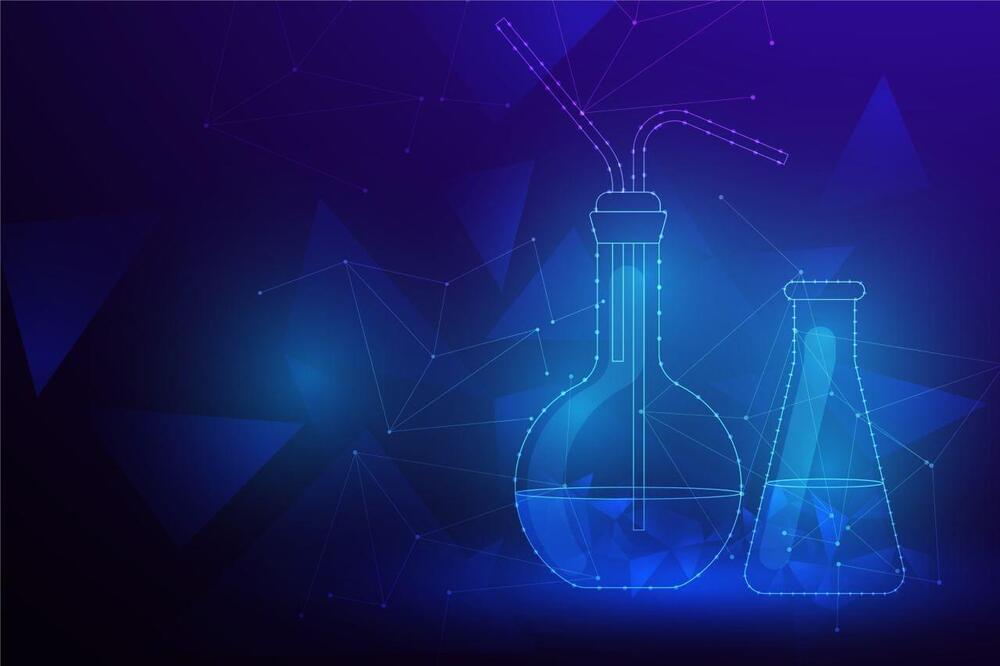
Sign in Welcome! Log into your account your username your password Forgot your password? Get help Default Kit Password recovery Recover your password your email A password will be e-mailed to you. HometechA celebrated AI has learned a new…
Artificial intelligence has altered the practise of science by enabling researchers to examine the vast volumes of data generated by current scientific instruments. Using deep learning, it can learn from the data itself and can locate a needle in a million haystacks of information. AI is advancing the development of gene searching, medicine, medication design, and chemical compound synthesis.
Scientists Detect Fastest-Growing Black Hole in the Universe
To extract information from fresh data, deep learning employs algorithms, often neural networks trained on massive volumes of data. With its step-by-step instructions, it is considerably different from traditional computing. It instead learns from data. Deep learning is far less transparent than conventional computer programming, leaving vital concerns unanswered: what has the system learnt and what does it know?
Join us on Patreon!
https://www.patreon.com/MichaelLustgartenPhD
Cronometer Discount Link:
https://shareasale.com/r.cfm?b=1390137&u=3266601&m=61121&urllink=&afftrack=
Papers referenced in the video:
Age and sex variation in serum albumin concentration: an observational study.
https://pubmed.ncbi.nlm.nih.gov/26071488/
Commonly used clinical chemistry tests as mortality predictors: Results from two large cohort studies.
https://pubmed.ncbi.nlm.nih.gov/33152050/
Calculate your biological age with Levine’s test using the downloadable Excel file in this link: